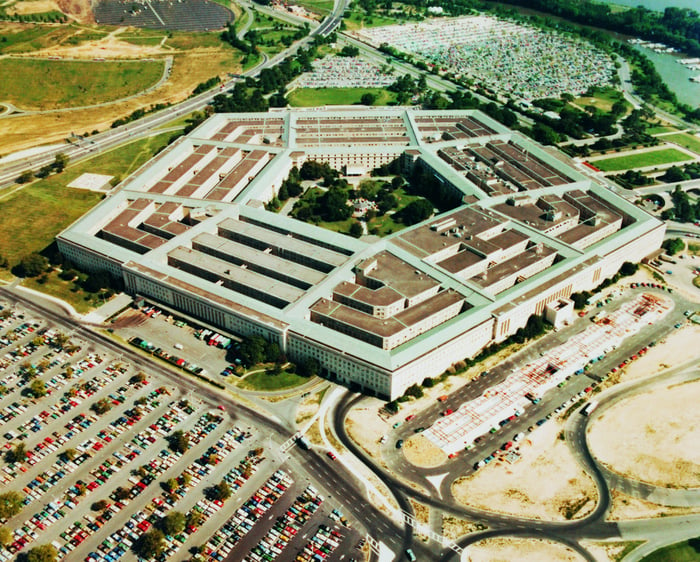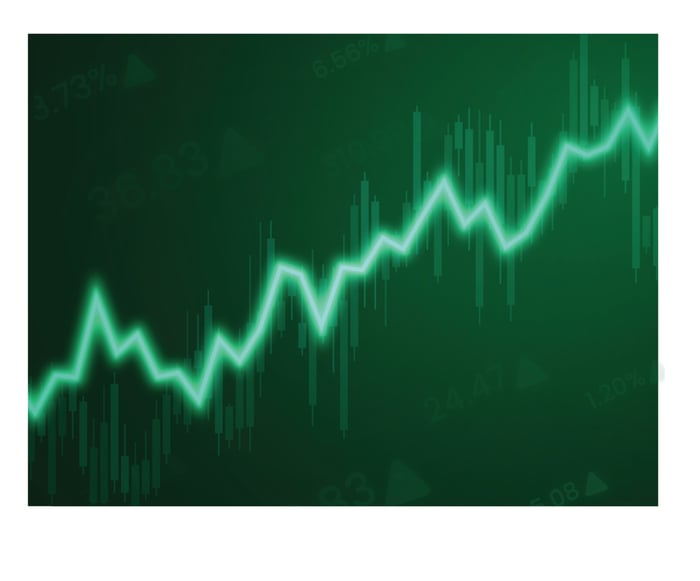Space Stocks Are Hot Again. Will This Space IPO Go to the Moon?
Key Points
Space companies rushed to go public in 2020 and 2021, but many of their stocks crashed in 2022.
The IPO market is reviving this year, and space stocks are popular again.
Space company iRocket will take advantage of the renewed popularity of space stocks and try to go public in Q4 2025.
I'll say one thing for COVID-19: It sure was great for special purpose acquisition companies (SPACs). In 2020 and 2021, more than 860 separate companies conducted initial public offerings (IPOs) via reverse mergers into SPACs -- blank-check entities created and listed on the stock exchange specifically to acquire private companies and turn them public. (This was up from, for example, just one such SPAC IPO in 2003 and 10 in 2013.)
Problem is, a lot of these SPAC ideas proved half-baked. Among space stocks that went public as SPACs in those years, losses in stock prices post-IPO reached as high as 90% as early as 2022. Once burned and twice shy, investors began to shun not just SPAC companies, but space companies, too.
Where to invest $1,000 right now? Our analyst team just revealed what they believe are the 10 best stocks to buy right now. Continue »
Until now. All of a sudden, in 2025, space stocks are red-hot again -- and momentum traders are rushing to invest in this next big thing (which was also the last big thing just a few years ago). And Wall Street is happy to take advantage of their forgetfulness.
As evidence, I present to you what looks like the first space SPAC IPO of 2025: iRocket.

Image source: Getty Images.
Introducing iRocket
iRocket bills itself as "a next-generation reusable space rocket developer" aiming to "capture a significant share of the global launch and propulsion market" using "patented MACH-i Landing Engine technology" to create a new class of liquid-fueled reusable rockets that it calls Shockwave. Additionally, iRocket says it has expertise in solid rocket motors, which it will offer the military for use in missiles and interceptor rockets as well as using it for commercial rocket boosters.
This space start-up says it already has $1 billion in letters of intent and memoranda of understanding with several potential customers that want to launch national security and commercial satellites on its rockets. Furthermore, iRocket says it's targeting a global space economy worth $1.8 trillion over the next decade.
Up until this week, however, the number of contracts that iRocket put specific names and numbers to was considerably more modest -- one Cooperative Research and Development Agreement with the U.S. Air Force Research Laboratory worth $18 million, and another "Tactical Funding Increase" contract with the Space Force worth only $1.8 million. Both of these contracts, by the way, appear to have been signed back in 2023.
Nevertheless, with a little help from BPGC Acquisition Corp., "a special purpose acquisition company sponsored by The Hon. Wilbur Ross, the 39th U.S. Secretary of Commerce," iRocket plans to hold an IPO in the fourth quarter of 2025 to offer its stock to the public.
iRocket's SPAC IPO
iRocket values itself at $400 million pre-IPO and "before potential earnouts based on share price performance" (which will presumably accrue to BPGC and other pre-IPO investors). Helping the company reach that valuation, and helping to make the IPO a success, will be one apparently new contract iRocket just announced on Monday. Specifically, iRocket says it will provide up to 30 rockets to launch satellites for new Saudi Arabian space company SpaceBelt KSA over a period of five years -- and be paid up to $640 million for the work.
(It's unknown, however, whether SpaceBelt KSA actually has any satellites built. And iRocket does not currently have a qualified rocket to launch them.)
In an SEC 8-K filing, BPGC informs that it is a Cayman Islands company, and it's apparently not yet listed on a stock exchange. This is curious if true, because the ordinary logic behind a SPAC IPO is that it simplifies the listing process for a privately owned operating business going public by reverse-merging it into a "blank check" SPAC that doesn't actually conduct business but is already publicly traded.
Nevertheless, while some sources seem to think BPGC is publicly traded already and listed on the NYSE under ticker symbol ROSS, I can find no record of such a stock existing. Furthermore, CNBC reports the companies "intend" to list on the Nasdaq after merging -- which would appear to confirm that BPGC is not in fact already publicly traded.
This mystery is further complicated by an intricate transaction described in the 8-K, which says BPGC plans to merge with four other companies (two of which appear to be variations of iRocket), ultimately resulting in a new stock valued at $11.50 a share, or perhaps $10 with attached warrants to purchase additional shares at $11.50 each.
How much the stock actually ends up costing investors won't be known until IPO day, when the shares begin trading later this year.
Should you buy the iRocket IPO?
Which brings us to our real question today: If and when this SPAC IPO happens, should you buy iRocket stock? And my simple answer is: No.
Between the strange lack of announced contracts (up until just this week) to support iRocket's assertion that it has $1 billion in business lined up, and the overly (intentionally?) complex nature of the transaction that will bring iRocket public, this particular SPAC IPO has my Spidey senses tingling. It may all be on the up and up, but it also may not be.
Worst case, investors should lose nothing by waiting until the IPO has happened and taking a good hard look at iRocket's published financials before deciding whether to buy. If everything looks kosher at that point, by all means, go ahead and buy iRocket stock.
In the meantime, though, my advice is simply to stay away.
Where to invest $1,000 right now
When our analyst team has a stock tip, it can pay to listen. After all, Stock Advisor’s total average return is 1,047%* — a market-crushing outperformance compared to 181% for the S&P 500.
They just revealed what they believe are the 10 best stocks for investors to buy right now, available when you join Stock Advisor.
*Stock Advisor returns as of August 4, 2025
The Motley Fool has a disclosure policy.
















